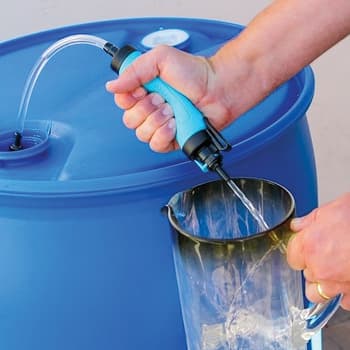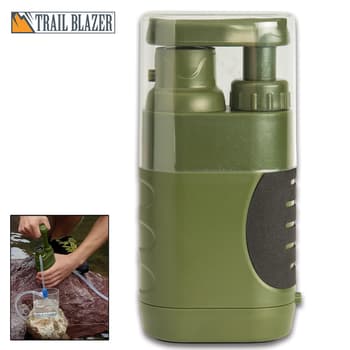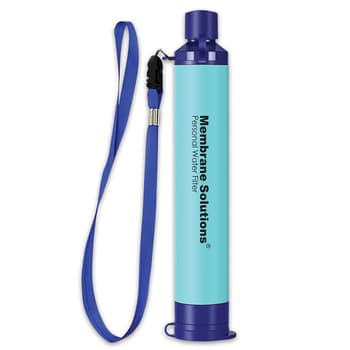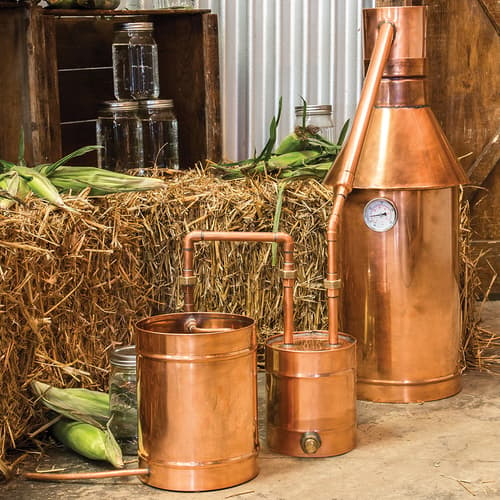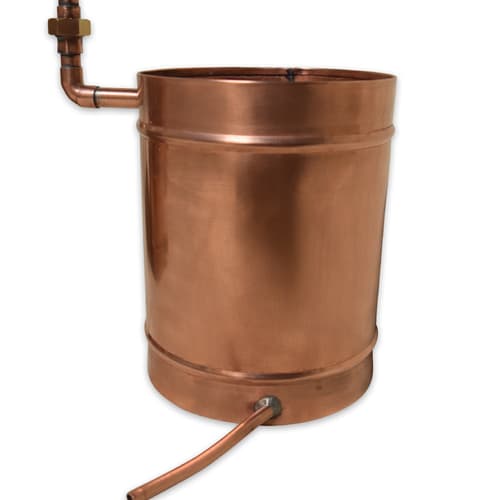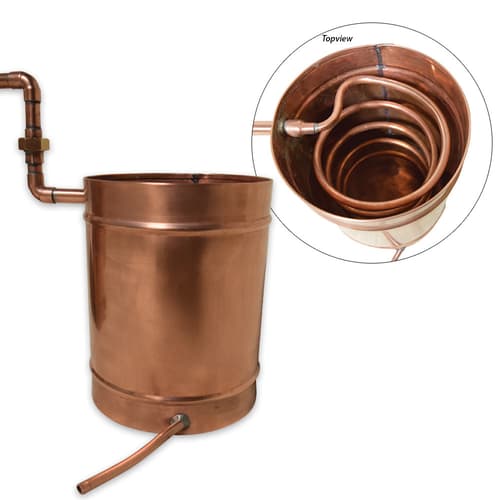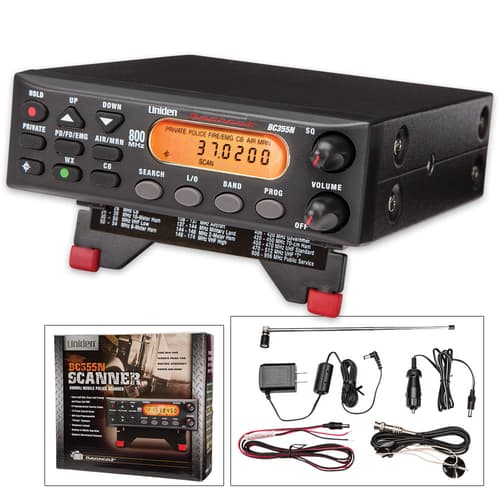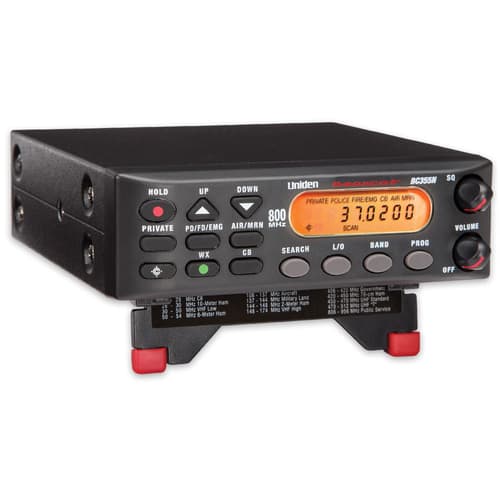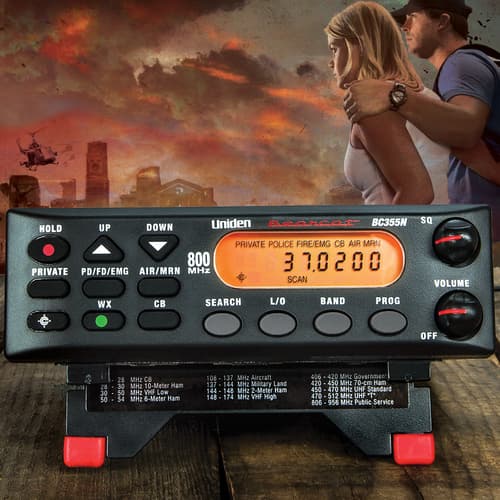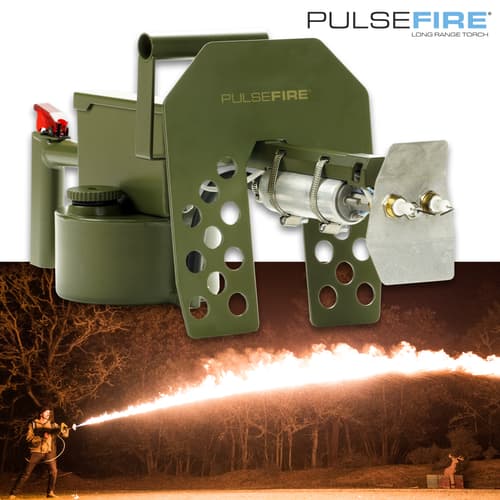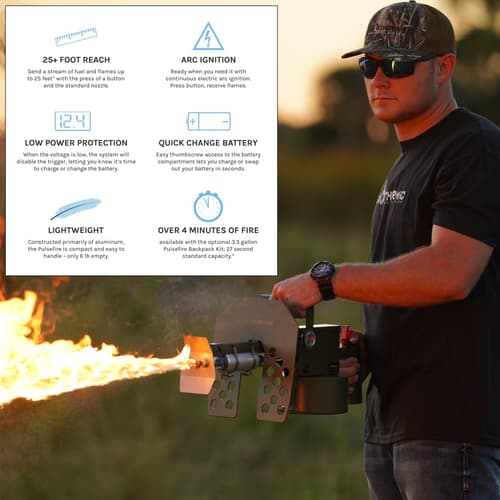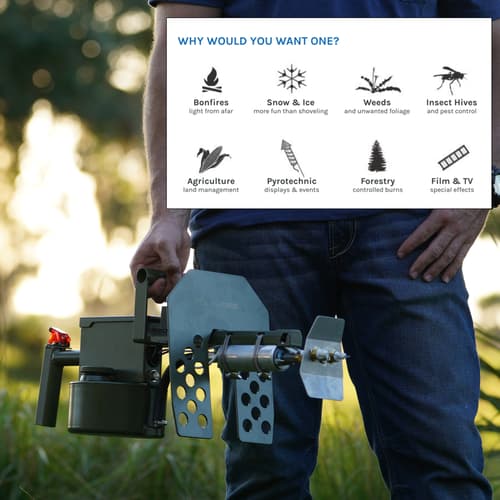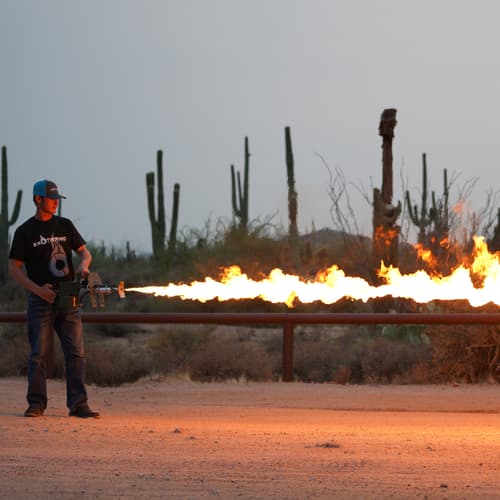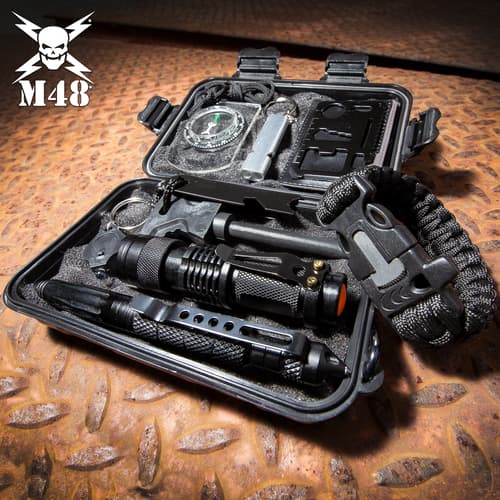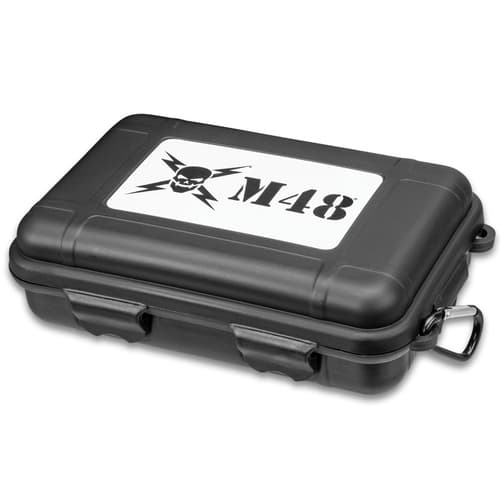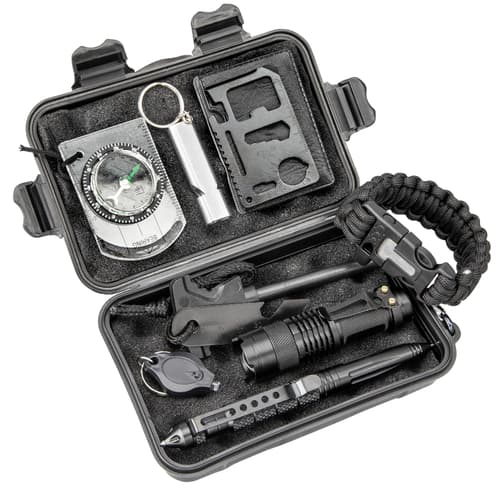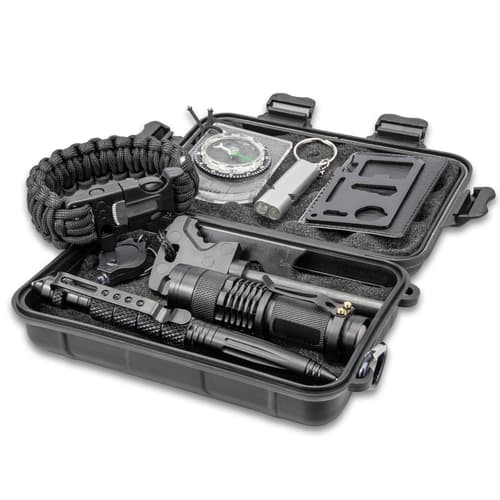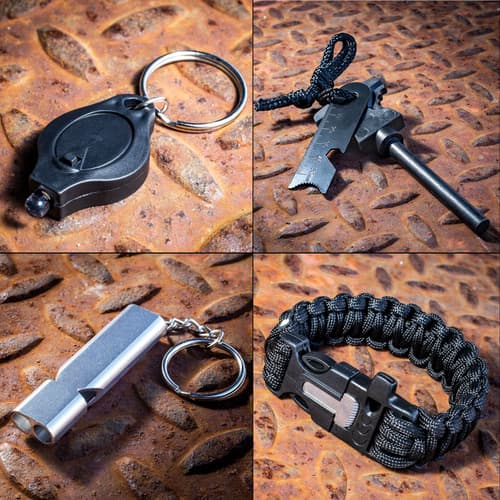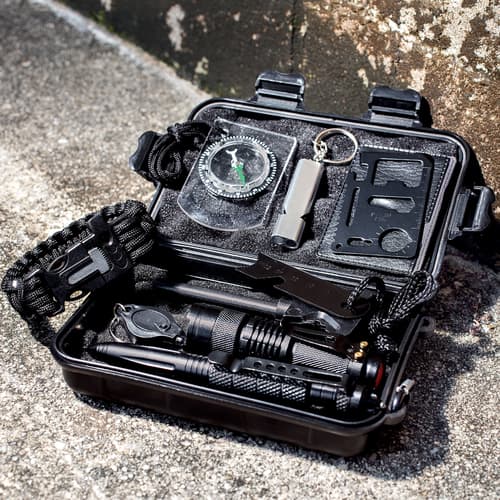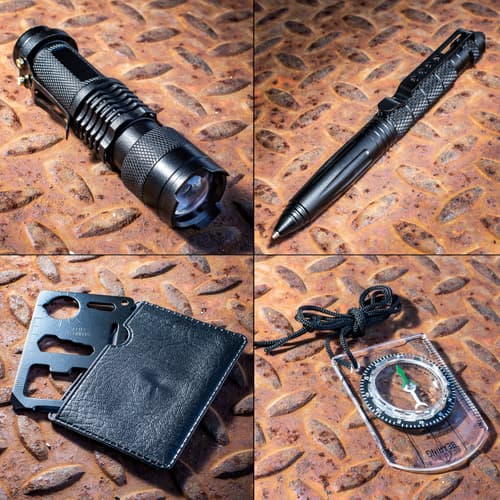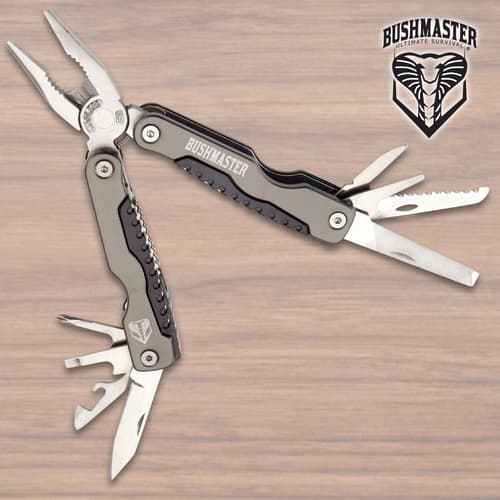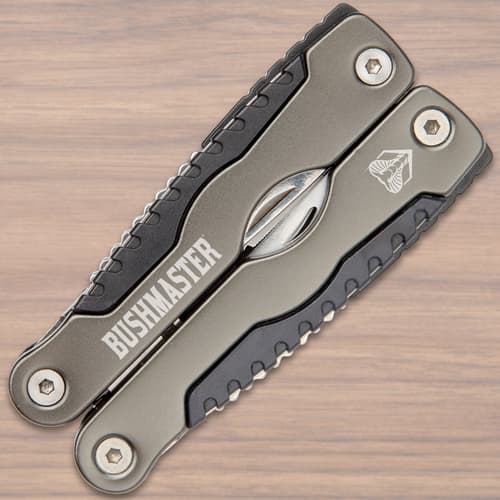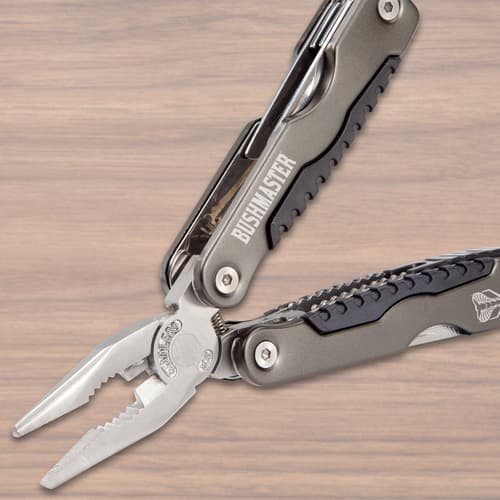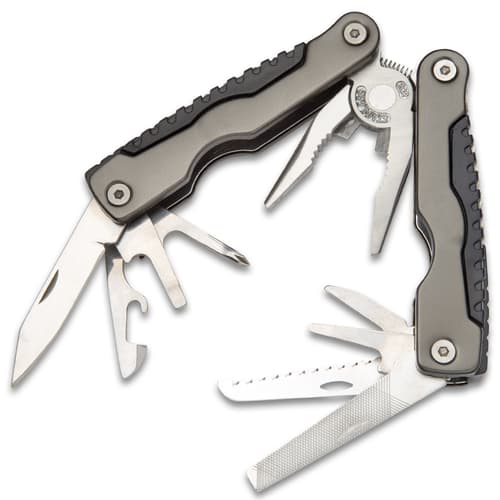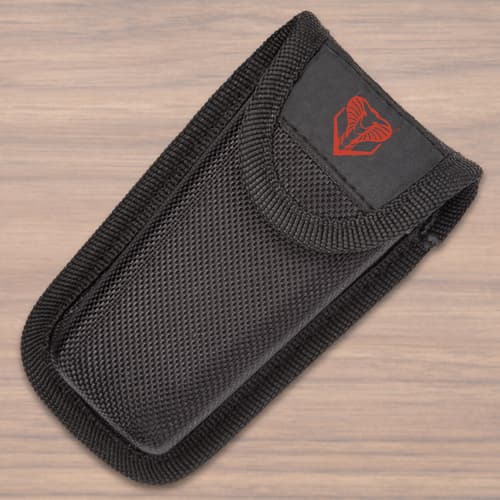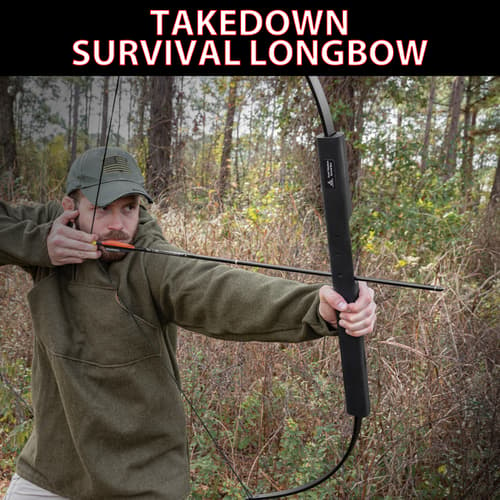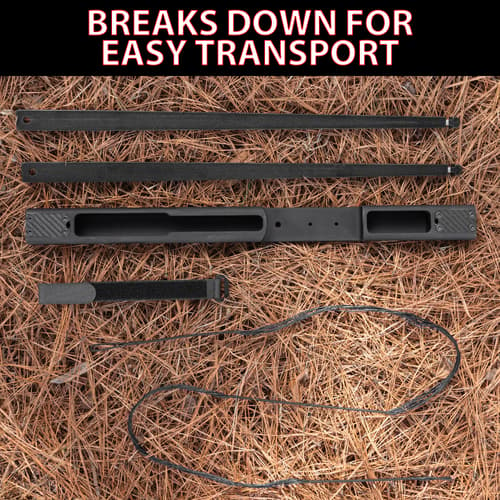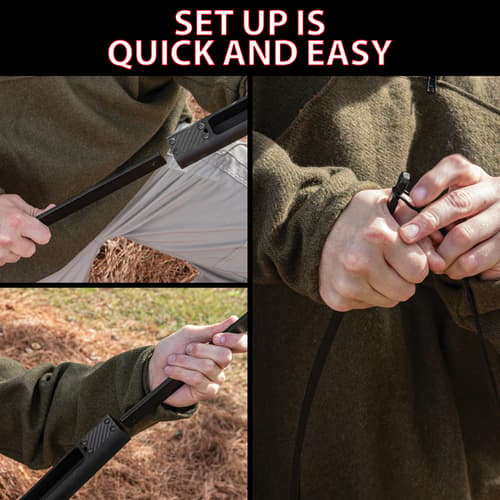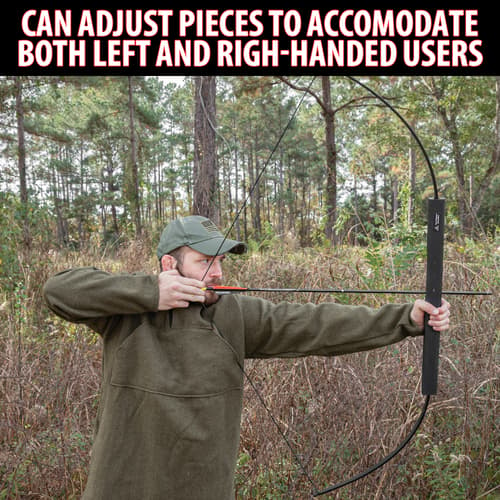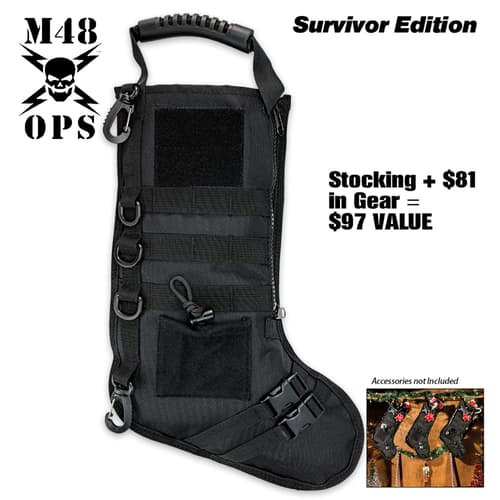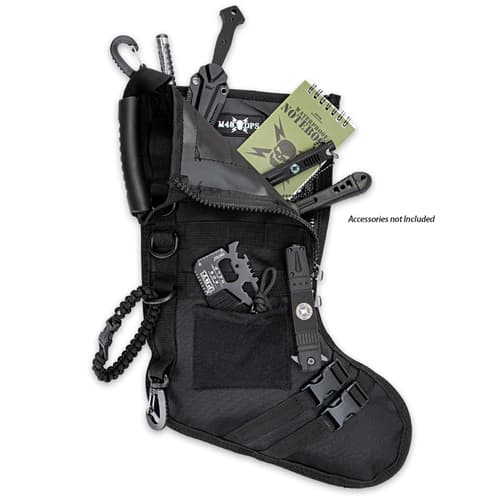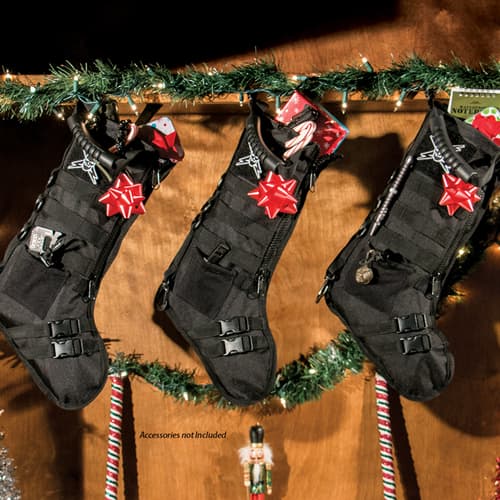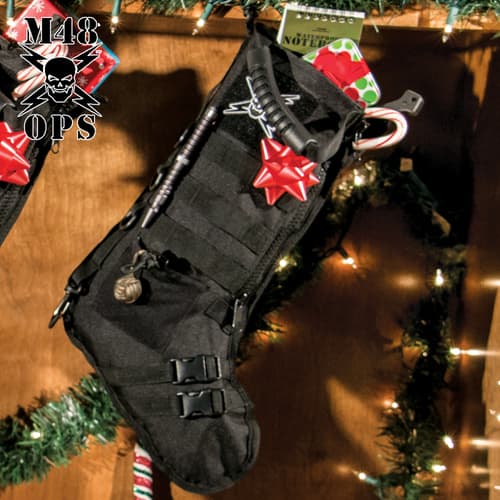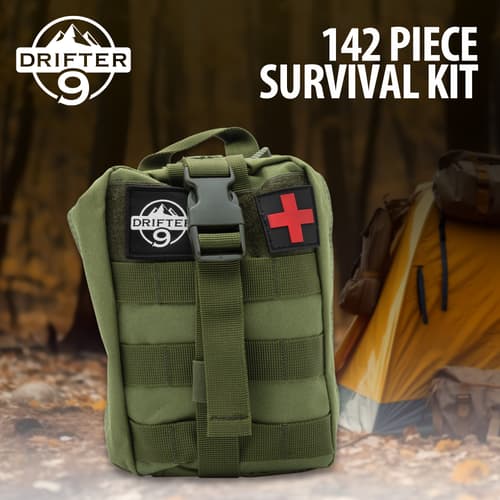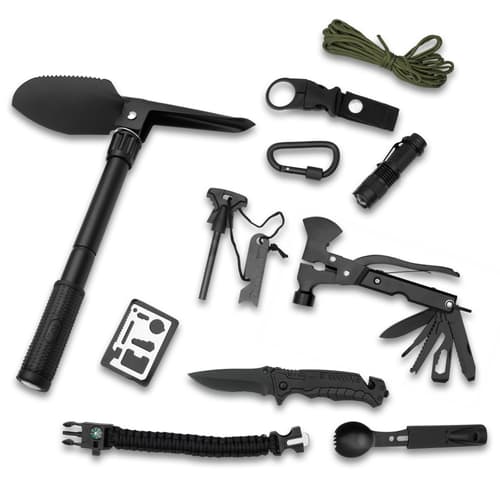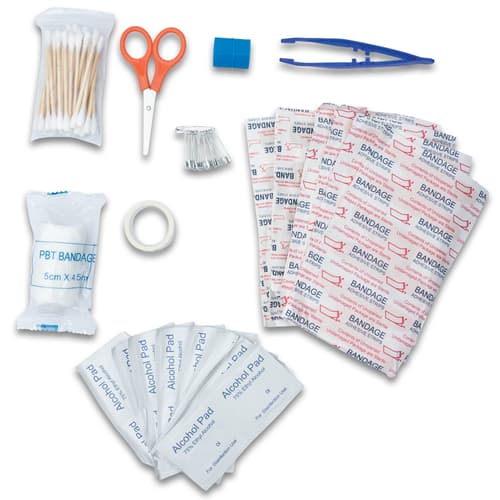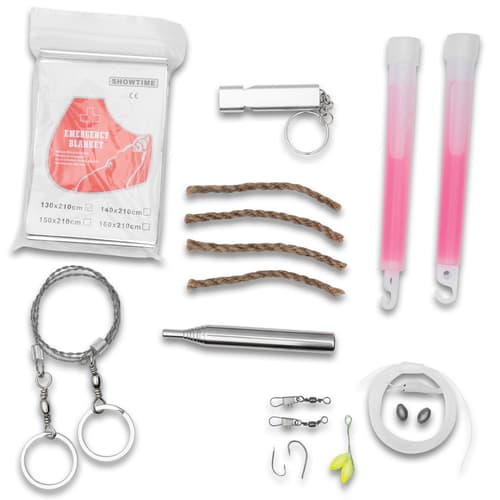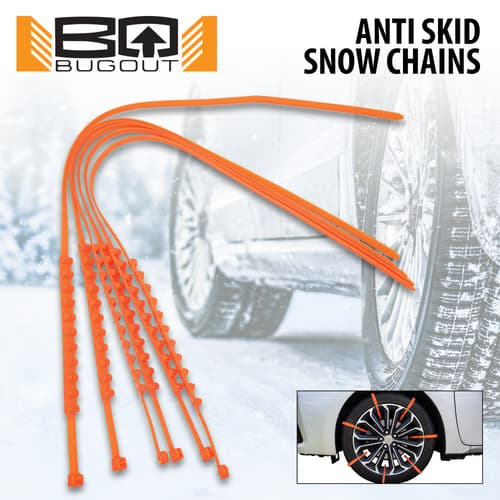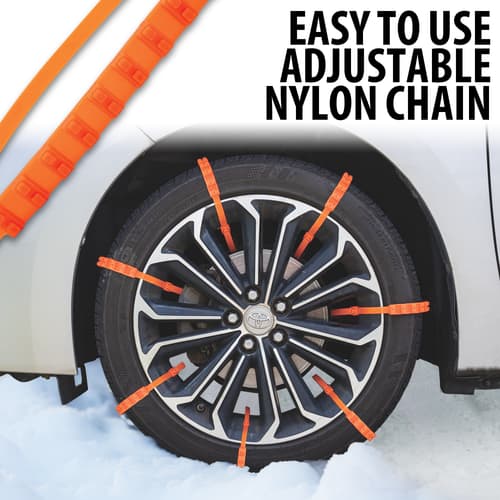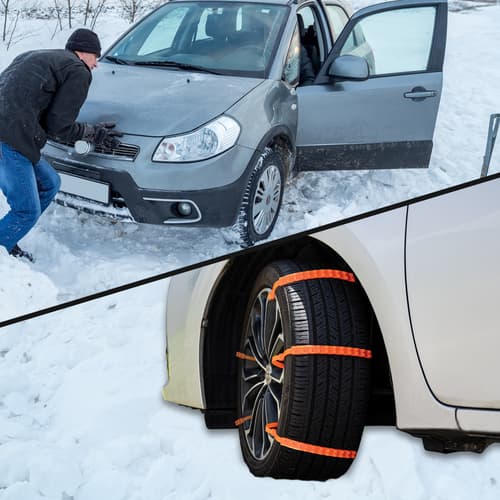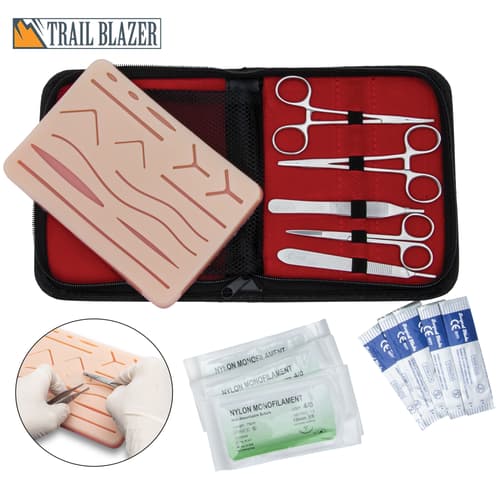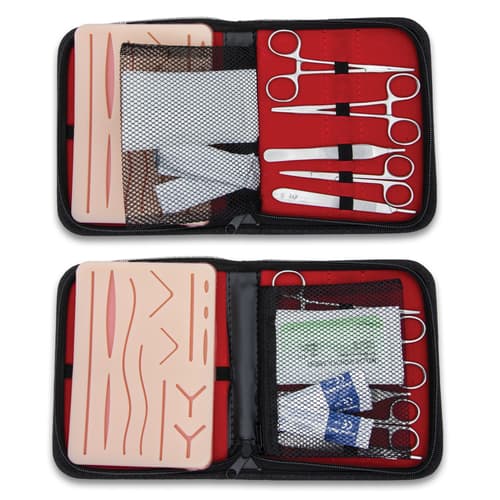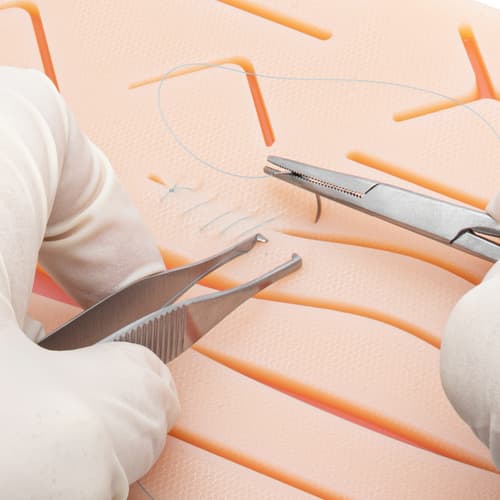Prevent Extreme Heat Medical Emergencies
Prevent Extreme Heat Medical Emergencies

By Adelia Ladson
With the record-breaking temperatures across the nation, there seems to be no relief from the heat. Looks like we’re in for a long, hot summer. With the rising temperatures the danger of heat-related emergencies is also rising.
What’s A Heat Medical Emergency?
I’m pretty sure that most of you know about heat stroke and maybe even suffered heat exhaustion but do you know how to recognize the signs of it and the first aid that needs to be rendered for each of them? It’s extremely important to know what to do because heat exhaustion can happen quickly and quickly move into a heat stroke.
Recognizing The Signs
Like I said above, you may have experienced heat exhaustion before, which happens when you get dehydrated, and salt depleted. It can occur when you’re working outside, playing sports or any outside recreation. There are different degrees of it, and it will progress if not treated. Look for symptoms like excessive sweating, nausea, cool clammy skin, muscle cramps, a rapid weak pulse and faintness. My experience with heat exhaustion was that I felt faint, my legs felt weak, my heart started beating fast and I was nauseous. Afterwards, I head a headache and felt generally bad the rest of the day.
Heat stroke is on an entirely different level and, unfortunately, if you’re alone when it happens, you might not survive it. No joke! This is what happens when a person’s core body temperature reaches 104F or higher because of overexposure to the sun and heat. Your core temperature can also rise to dangerous levels when you engage in intense physical activity in hot weather. What you’re looking for is a throbbing headache, rapid or strong pulse, nausea or vomiting and red, hot dry skin. A person will stop sweating altogether and may lose consciousness, which is what makes it so deadly if you’re alone when it happens.
Rendering First Aid
The first thing that you need to do for both heat emergencies is to get yourself or your “patient” out of the sun and under shelter if you’re not where you can go inside an air-conditioned space. Then, you need to cool the body down with whatever means are available like applying wet cloths or bandannas to the skin or using a cool tub of water. You also need to start rehydrating the body by drinking water or giving water to the individual. For heat exhaustion, this should be sufficient, along with rest. When a person has suffered a heat stroke, however, after getting the person out of the heat, you need to make that call to 911 because they do need treatment at a hospital. If a tub is available, definitely get them into cool water while you’re waiting for professional medical assistance and if not, use wet towels or ice is even better if you have it. Place the towels or ice on the person’s head, neck, armpits and groin. If the person is conscious, give them water to drink but do not try to force water into someone who is unconscious.
An Ounce of Prevention…
An “ounce of prevention…” or, in this case, several ounces of prevention. It’s so simple. Stay hydrated when you’re out in the heat and take frequent water breaks. Drinking plenty of water helps keep a body from overheating. In addition to staying hydrated, take shade breaks where you get out of the sun under a shelter or inside with the air conditioner. You also need to check your local weather for heat advisories and make your outside plans accordingly. It might not be a good idea to work in your yard or walk for exercise at midday. Get out early in the morning before the temperature really gets up there to do vigorous activity. Midday is when you should be under the cover of shelter or taking a break inside.
Prevention Tools
Whether you’re working or playing in the heat, there are tools you can use to help you prevent an extreme heat medical emergency from happening. Here are some hydration tools and weather radios to consider adding to your summer gear.
Trailblazer Water Bladder
To stay hydrated when you’re hiking, doing a walking tour or running put the Trailblazer Water Bladder in your backpack. The EVA bladder gives you a 2 1/2-liter supply of water that can easily be accessed with a flexible plastic tube with a water-resistant material cover and a soft, rubber mouthpiece. An attached screw-on cap covers the mouthpiece, and the tube also features an on/off switch to control the flow of water.
Alexapure 5-Gallon Tote
When you’re participating in outdoors activities with your family, the Alexapure 5-Gallon Tote will keep them hydrated. The container is made of rugged, BPA-free polyethylene that is heavy-duty enough to resist punctures and dents. It has a comfort-grip handle, an easy-to-use spigot and is collapsible for easy storage.
BugOut Portable Weather Scanner Radio
The BugOut Portable Weather Scanner Radio will keep you up-to-date on extreme heat advisories wherever you are. The Digital Signal Processing radio has an extra-clear sound and sensitivity so that NOAA broadcasts can be received and heard with no problem. It also has a telescopic antenna for field receiving so that you can catch a signal anywhere, especially, emergency alerts. The compact weather radio is made of tough ABS and fits comfortably in your hand, also offering a wrist lanyard. Other features include an LCD digital display with a backlight, a 12/24 hour clock, an integrated, super bright LED flashlight and an earphone jack.
Uniden Bearcat Scanner Radio
Perfect for staying updated on what’s going on in the area that you live, the Uniden Bearcat Scanner Radio gives you access to extreme heat advisories before you even leave your house. The weather scan/alert system lets you listen to local weather reports and receive alerts when hazardous conditions arise. The scanner radio also includes 500 channels for scanning local public safety frequencies used by law enforcement, fire departments, EMS, aircraft, amateur radio and marine vessels. It has ten separate banks, giving you ample space for storing your important weather and emergency services frequencies and the radio will scan these channels every two seconds so that you have the most up-to-date information. The radio will also receive traditional FM radio channels. Sleek and modern, the Bearcat is user friendly and will fit on your desk, kitchen counter or bedside table. The crystal clear, backlit LCD display makes it easy to read at night and it has a built-in alarm clock.
Shop Products Here:
